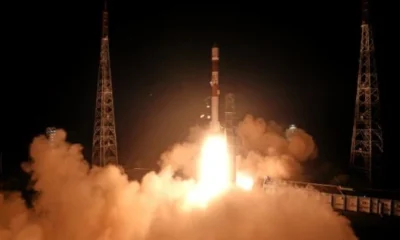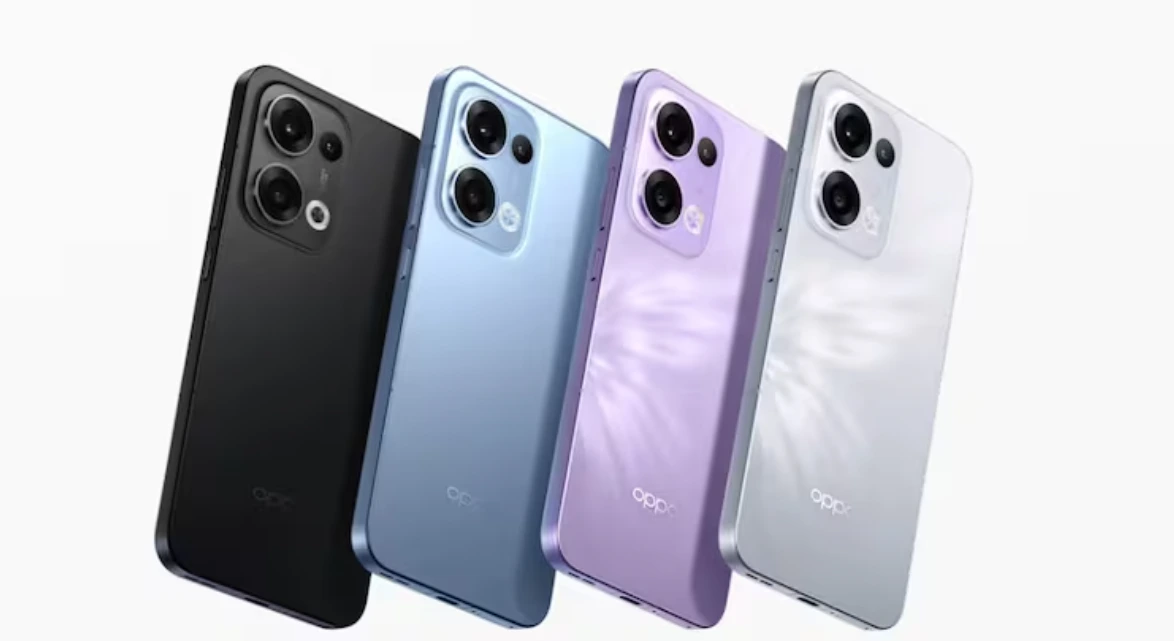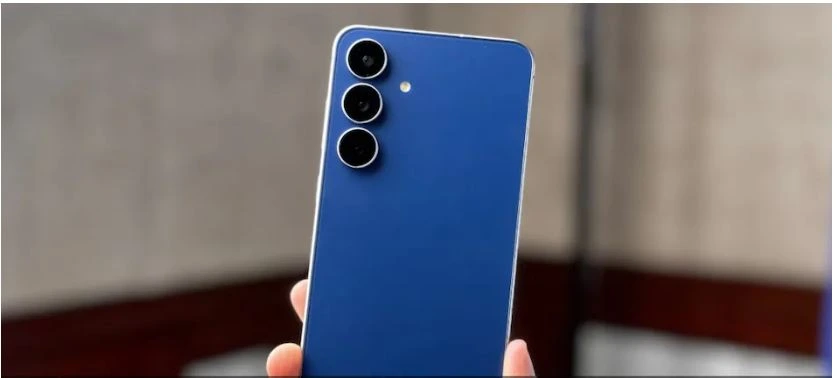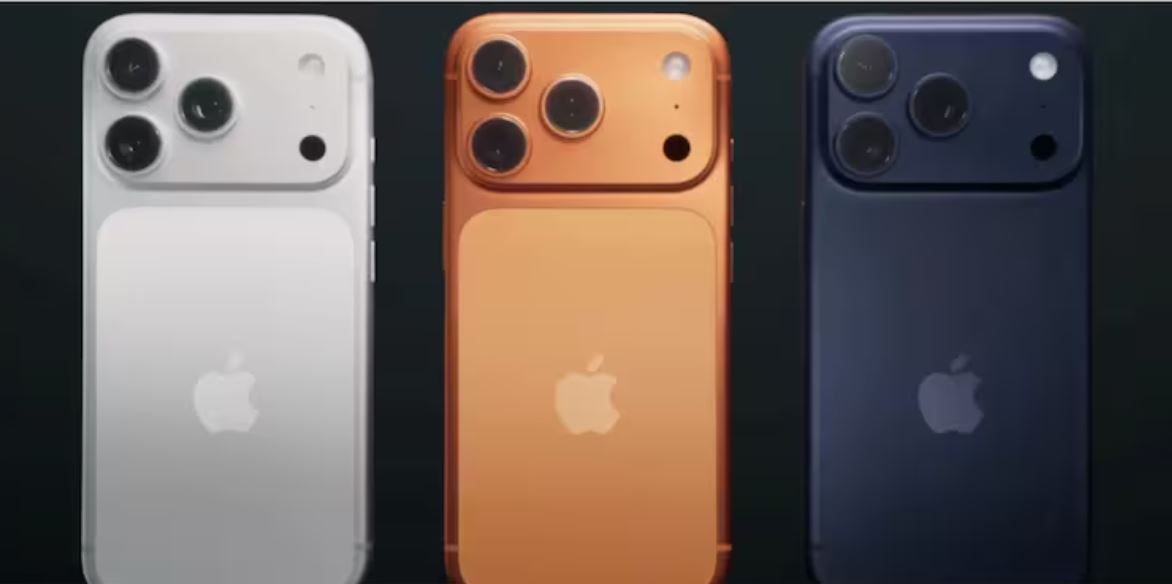The Chandrayan-2 mission to put a rover on the moon was called off due to a ‘technical snag’ detected just about 56 minutes before launch (T minus 56, or T-56) from Satish Dhawan Space Centre (SHAR) in Sriharikota, announced Indian Space Research Organisation (ISRO) early morning today (Monday, July 15).
The countdown was halted 56 minutes and 24 seconds before the planned lift-off at 2:51 am. The snag was in the cryogenic stage or last stage of the rocket before it separates, reported NDTV, quoting sources. ISRO had announced one hour before launch that the filling of liquid hydrogen fuel had been completed, the report said.
The announcement of the launch being called off came just about four minutes later. It disappointed the large number of spectators and created commotion in the media gallery of the SHAR where journalists from not only different parts of the country but abroad came to cover the most high-profile launch. More importantly, President Ram Nath Kovind had come to Sriharikota to witness the launch.
ISRO tweeted around 3 am: “A technical snag was observed in launch vehicle system at 1 hour before the launch. As a measure of abundant precaution, #Chandrayaan2 launch has been called off for today. Revised launch date will be announced later,” ISRO tweeted around 3 am.
Third postponement
The postponement of the launch of Chandrayan-2, the first after a countdown, is the third time since April 2018 that the complex launch has been delayed due to multiple factors, reported Deccan Herald.
Its launch was first scheduled in April 2018 but was postponed to October 2018. This too did not happen as ISRO found that the vehicle required further tests. The Mission’s Comprehensive Technical Review meeting eventually decided that the launch could be carried out only in the first half of 2019 because a whole lot of changes in the configuration and landing sequence had to be incorporated.
During one of the multiple tests on the Chandrayaan-2 components, two Lander legs suffered minor damage in February this year, showing that its legs were not strong enough to support the weight. ISRO deduced that additional mass due to new configuration could have caused the imbalance.
The anomaly was eventually addressed by a task force set up under Srinivasan RK from the UR Rao Satellite Centre.
After rectifying all anomalies, July 15 was finalised as a suitable launch window, but it had to be called off due to a technical snag.
Signifinace of Chandrayan-2
Had the launch been successful and the lunar craft landed on the moon on its scheduled date of September 6-7, India would have become the fourth country in the world after USSR, US and China to land on the moon.Israel had tried earlier this year but failed.
India has ambitious plans: Prime Minister Narendra Modi has vowed to launch a manned space mission by 2022.
Chandrayaan-2 will follow Chang’e-4, launched by India’s regional rival China, which in January became the first spacecraft to land on the far side of the Moon.
The 3.8-tonne Chandrayaan 2 spacecraft comprising an orbiter, the lander and the rover was to lift off on the 640-tonne GSLV Mark III (nicknamed “Baahubali”), India’s most powerful rocket that’s as high as a 15-storey building.
Once it is launched, Chandrayaan 2 has to separate from the rocket and orbit the Earth several times before being slung towards the moon – a3.84 lakh-km journey. The orbiter is to circle the moon for about a year.
When the spacecraft reaches the moon 54 days after lift-off, it will engage a 1.4 4-tonne lander Vikram named after Vikram A Sarabhai, the father of India’s space programme, which will head to the lunar south pole.
Vikram will in turn set the 27-kilogramme rover Pragyan down on a high plain between two craters on the lunar south pole. After touchdown on the moon, the rover is expected to conduct experiments for one Moon day, equal to 14 Earth days, primarily to check if the lunar south pole has primordial water reserves.
Indigenous and costs less than a Hollywood blockbuster
All the equipment involved in the Chandrayaan 2 mission have been designed and manufactured in India. It is the sequel to the successful Chandrayaan 1, which helped confirm the presence of water on the moon in 2009.
India’s mission to the moon will cost less than a Hollywood blockbuster. An analysis published by Sputnik International claimed that the approximate $124-million price tag of the Chandrayaan 2 is less than half the budget of Hollywood blockbuster Avengers Endgame ($356 million). The Indian space agency has a budget that’s 20 times less than NASA, its US counterpart.
ISRO is becoming known worldwide for running effective and inexpensive projects. According to estimates, America spent $ 25 billion on its Apollo missions, total 15 in number, to Moon. The US missions included 6 Moon missions that put Neil Armstrong and other astronauts to the Moon. China spent $8.4 Billion on its entire space programme in a year. Erstwhile USSR which launched an unmanned craft to the Lunar surface in 1966 spent over $20 billion at the current value between 1960s and 70s.
India’s first lunar mission, Chandrayaan-1, in 2008 did not land on the Moon, but orbited it searching for water using radar.
It follows another high-profile but low-cost Indian mission, Mangalyaan, which put a spacecraft in orbit around Mars in 2014 at a fraction of the cost of comparable projects by established space powers like the United States, which often cost billions of dollars.
New Delhi also has ambitions to land a probe on Mars, following the success of the Mangalyaan orbiter.
Lunar exploration has been in focus in recent months with the looming 50th anniversary of the first human landing on the Moon and US President Donald Trump giving NASA a 2024 deadline to return astronauts to its surface.


 India News9 hours ago
India News9 hours ago
 India News11 hours ago
India News11 hours ago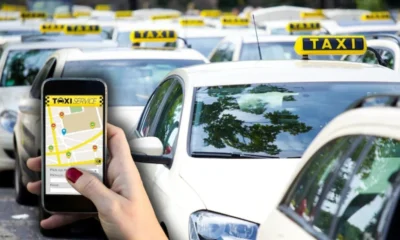
 India News6 hours ago
India News6 hours ago
 Latest world news11 hours ago
Latest world news11 hours ago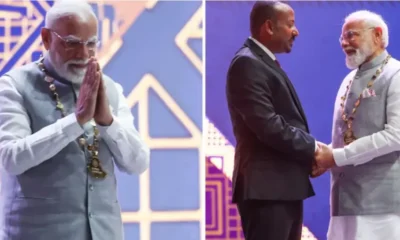
 Latest world news11 hours ago
Latest world news11 hours ago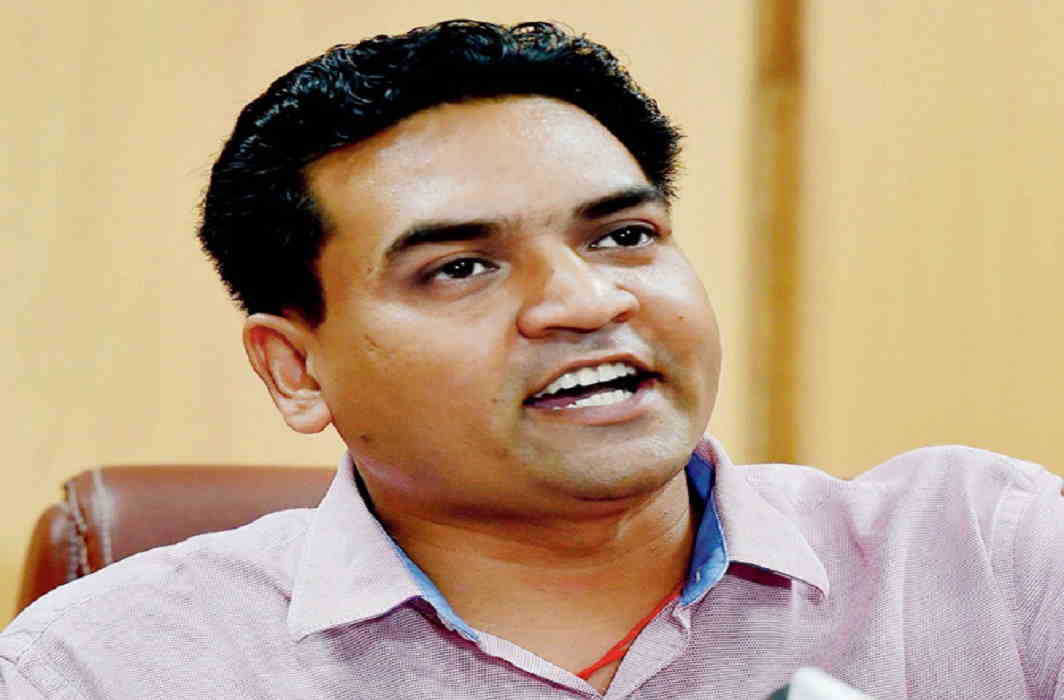
 India News7 hours ago
India News7 hours ago
 India News1 hour ago
India News1 hour ago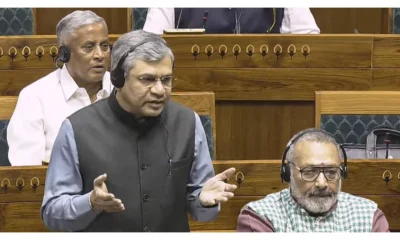
 India News55 mins ago
India News55 mins ago










